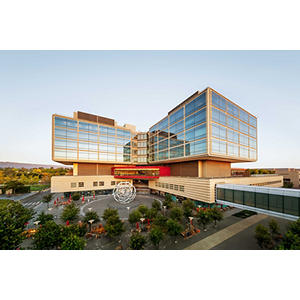
Olga Wolke, MD
Clinical Assistant Professor
Pediatric Anesthesia
Stanford Hospital
Department of Anesthesia
300 Pasteur Drive, Rm H3580
Stanford, CA 94305
Teléfono:
(650) 723-4000
Localización

Department of Anesthesia
300 Pasteur Drive, Rm H3580
Stanford, CA 94305
Mapas, direcciones y estacionamiento
Teléfono : (650) 723-4000
Trabajo y educación
Educación
Irkutsk State Medical University, Irkutsk, Russia, 05/31/1991
Últimos años de residencia
UC Davis Anesthesiology Residency, Sacramento, CA, 06/30/2004
Subespecialidad
Washington University St Louis Pediatric Anesthesiology, St Louis, MO, 06/30/2005
Primeros años de residencia
UC Davis Health Dept of Surgery, Sacramento, CA, 06/30/2001
Certificado(s) de especialidad
Anesthesia, American Board of Anesthesiology, 2009
Pediatric Anesthesia, American Board of Anesthesiology, 2013
Idiomas
English
Russian
Conéctese con nosotros:
Descarga nuestra App: